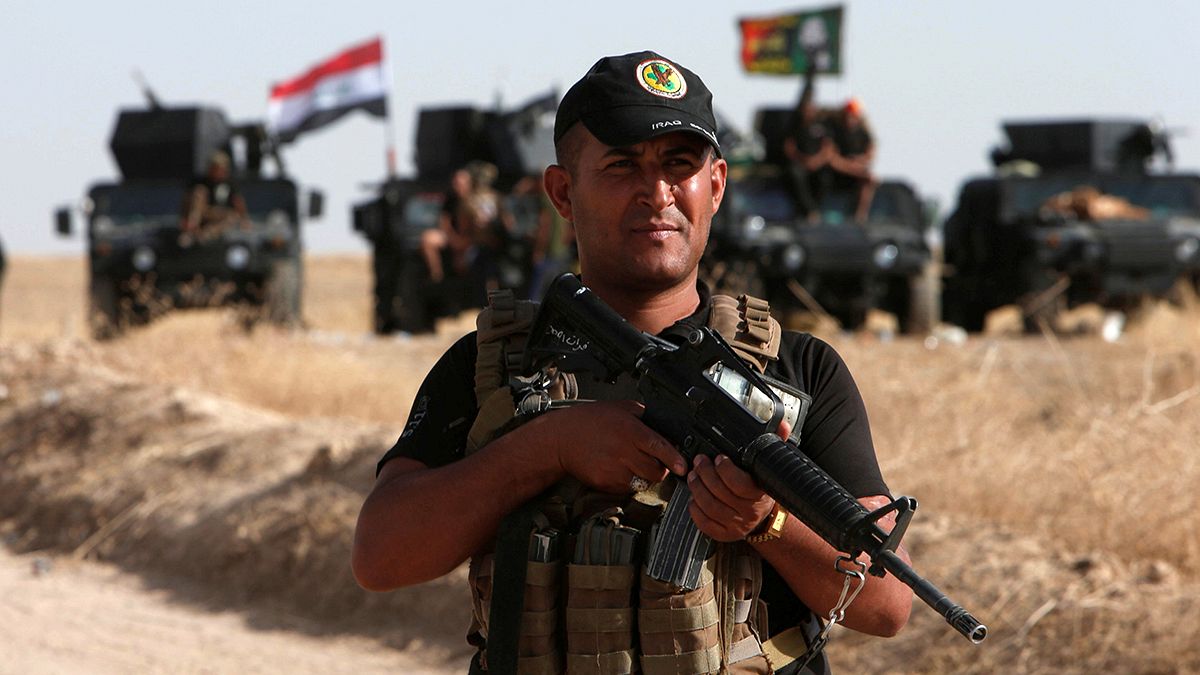A rundown of events in Mosul since its capture in 2014
In June 2014, the Iraqi army fled the city of Mosul in utter disarray. Images from 11th June, show a military convoy of fifty vehicles carrying soldiers in civilian clothes, retreating to Baghdad. An investigation by Reuters suggested that infighting between military and political leaders had left the city vulnerable to attack.
The swift fall
The day before, on 10th June, Mosul fell rapidly and unexpectedly into the hands of the so called Islamic State (IS) and its allies, without any real resistance from the US-trained Iraqi forces. The army left behind heavy weaponry which the ISIL fighters seized, to help make the city an important stronghold.
Mosul’s strategic importance
Mosul is Iraq’s second largest city, with 1.5 million inhabitants. Its position in northern Iraq, near the Turkish and Syrian borders and its large oil reserves meant considerable strategic gains for ISIL.
Displaced population
In the wake of the city’s capture and the rout of the army, tens of thousands were displaced. Many fled to Arbil, in Iraqi Kurdistan where makeshift shelters were provided but even the most basic provisions were in short supply.
Mohammed Hadi, a soldier from Mosul, said: “The commanders were the first to flee, leaving the soldiers alone. How can we act without commanders? The city will definitely fall. The commanders are to blame.”
Minority communities
The predominantly Sunni city, is in an area home to many minorities including Kurds, Turkomen, Shiites and Christians. Most of the thousands of Christians fled rather than face ISIL’s ultimatum of “convert to Islam, and pay a special tax or be executed.” The majority of those who stayed were Sunni Arabs.
The declaration of the Caliphate
In July 2014, amateur footage emerged allegedly showing Islamic State leader, Abu Bakr al-Baghdadi, addressing a congregation at a mosque in Mosul.
By 29th June 2014 the city was already an ISIS stronghold under imposed Sharia law. It was chosen as the site from which to declare a ‘caliphate’ straddling Syria and Northern Iraq.
Iconoclasm
From July 2014, ISIL began decimating Shia shrines and sanctuaries. They blew up a mosque which housed the tomb of the prophet Jonas and the sanctuary of Seth Nabi Chith who, according to the Jewish, Christian and Islamic faiths, is believed to be the third son of Adam and Eve.
In February 2015, the jihadists filmed themselves vandalizing priceless artefacts and treasures dating from the Assyrian and Hellenistic periods in the Mosul museum. Mosul is located opposite the ruins of the ancient region of Nineveh in Upper Mesopotamia. It is unclear at this stage what artefacts and relics remain unharmed.
